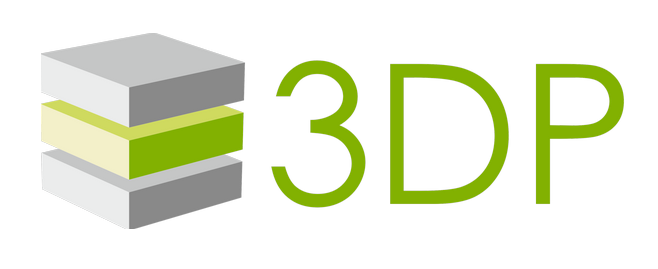Project description
3D printing technology was gaining on popularity and was then applicable in many fields, including industry, medicine, electronics or architecture. All this translated to the increased market demand for employees having skills or qualifications in this respect.
3DP project was the answer to this demand and its main aim was to develop 3D printing course for VET students and e-learning platform for anyone wishing to acquire 3D printing skills. This innovation in the field of VET training included: active cooperation between higher education institutions, VET providers and business partners; creation of a guidelines and case studies on the use of 3DP in VET; creating a VET course and training programmes taking into account new market demands; development of a multilingual online platform as well as a comprehensive guidebook for trainers in 3DP. Both, the course and the platform were available in six languages: English, Romanian, Spanish, Italian, Polish and Lithuanian. The project was aimed at a wide audience, which included VET students and providers, companies using 3D printers or public institutions.
For Danmar Computers this was the second international project concerning 3DP technology. This time we were responsible, among others, for development of educational platform – one of the most important project’s results.
Project website: 3d-p.eu
* The project was selected as a Good Practice Example! *
Partners
Danmar Computers – Rzeszów, Poland
Ludor Engineering – Iasi, Romania
Universitatea Politehnika din Bucuresti – Bucharest, Romania
Liceul Teoretic de Informatica – Iasi, Romania
MACDAC Engineering Consultancy Bureau – Iklin, Malta
Centro de Formacion Somorrostro – Muskiz, Spain
Informaciniu technologiju institutas – Kaunas, Lithuania
GODESK – Potenza, Italy
Northern Lithuania College – Siauliai, Lithuania


